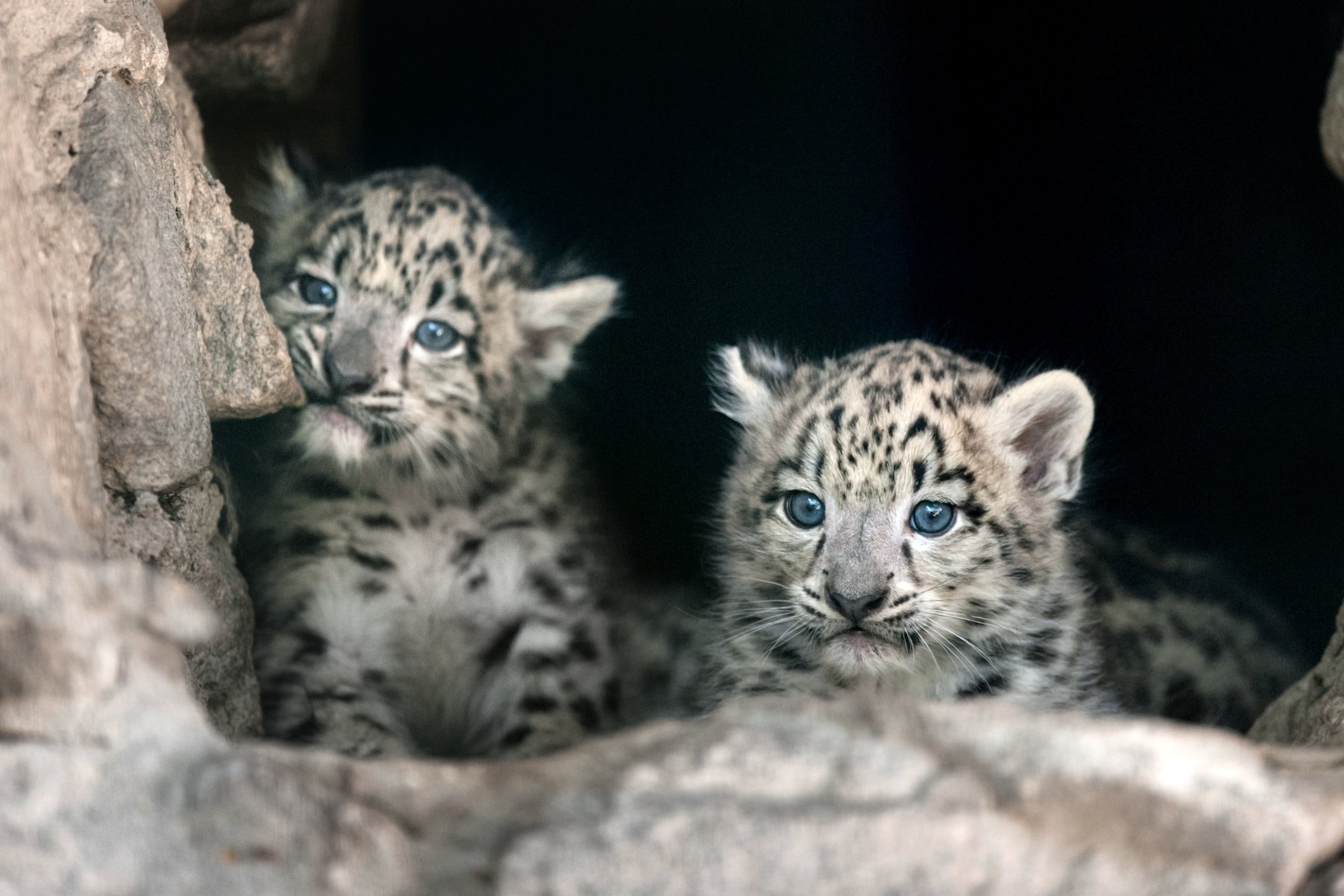Animals & the Environment: Ghost Cat, Not Gone Cat – Saving the Snow Leopard
by Kacey Barton
One of the most memorable scenes from my favorite film, The Secret Life of Walter Mitty, is the scene in which Sean O’Connell is preparing to photograph a snow leopard in the Himalayas. He refers to the mysterious animal as a “ghost cat”, and when questioned, he says; “Beautiful things don’t ask for attention.”
With thick, grey coats sporting black rosette patterns that are as unique as a fingerprint, these mountain-dwelling big cats are no strangers to the world at large, despite their elusive nature. What is it that attracts us to snow leopards? Perhaps it’s the mysticism that comes with creatures who can live where very little else can thrive, or it might be their snowshoe paws and long, fluffy tails. Whatever the case, these ghost cats have found a spot in the hearts of millions of people worldwide.
Snow Leopards are members of the big cat family, with closer relations to tigers than to leopards. They inhabit 12 Central Asian countries from climates of as low as around 200 feet to as high as almost 18,000 feet above sea level, with the highest populations being in China and Mongolia. Little is truly known about the behaviors of snow leopards in the wild due to their incredibly shy nature, though what is known makes these guys stand out from their other feline cousins. Snow leopards are mainly nocturnal, also being active at dusk and dawn, but are can also be diurnal if they’re inhabiting locations with a larger population of people. They’re known to take down prey three times their size, hiding themselves with impeccable camouflage and jumping up to 50 feet in order to take them down. They can jump up to a staggering 30 feet thanks to their overall physical build.
Because of the elusive nature of these Endangered cats, it’s hard to see what threats these apex predators are currently facing. Poaching, loss of habitat, livestock and farmer conflict, and climate change are all major factors, which are affecting the already small population of snow leopards, estimated to be between 3,000 and 6,000 individuals and decreasing.
While the term “ghost” usually refers to something that was once living and is now gone, there is still time to save this “ghost”. Organizations such as the Snow Leopard Trust are putting in all of their effort to help document scientific information on snow leopards while simultaneously working on conserving the remaining population in order to ensure their future survival. Most of these groups work with human populations that live close to snow leopard habitats in order to find solutions to the conflict between these big cats and farmers, while others focus on preventing snow leopards from becoming just another victim of the illegal wildlife trade.
So you want to help but don’t know where to start? Consider donating to the Snow Leopard Trust, Panthera, or Snow Leopard Conservancy to aid in their endeavors to help protect and preserve these beautiful big cats. Spreading the word on how others can help and learning more about these ghosts of Central Asia will also help in the effort to save the snow leopard. While their future may seem uncertain right now, there is still time to step in and help save this captivating cat. With the efforts of snow leopard conservation groups and researchers combined with everyday individuals, there’s no limit to what can be done to save the snow leopard.
Original art by Kacey Barton


